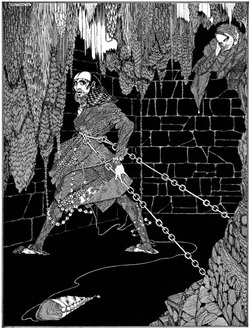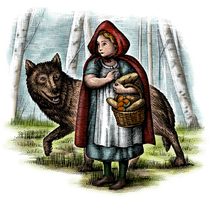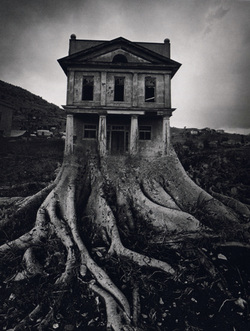Short Story By: Matt Shorman

From centuries ago until today, short stories have been an important part of literature. From the great authors of the past such as Edgar Allen Poe and Charles Dickens, to present authors such as Raymond Woodbury Pence, many short stories enlighten and inspire us. But what is it that gives a great short stories this rare quality? In this guide, I'm going to reveal the secrets of writing a great short story - the do's and don'ts as well as professional writing techniques.
The first step to creating a captivating short story is to have a plan. Sit down and write out the plan for your short story. What is the plot? Who are the characters and how do they develope? This will help enormously when it comes to writing your final copy. Below are some topics for planning.
The first step to creating a captivating short story is to have a plan. Sit down and write out the plan for your short story. What is the plot? Who are the characters and how do they develope? This will help enormously when it comes to writing your final copy. Below are some topics for planning.
Characters
Characters are broken down into three types: Protagonist, Antagonist, Secondary. First, come up with a plan for the protagonist, the main character of the story. What is his/her story? How will his/her story unfold as the short story progresses? Where did he come from? What are her goals? Asking and answering as many questions as possible will give you the clearest possible blueprint for your protagonist. The antagonist is the person who is against the main character. Again ask questions. Why does the antagonist hate the main character? What is the history of the two's relationship? Again, answering these questions will help you set up the tension between the two most important character types in your short story. Finally, the secondary characters are the minor characters in the story.
Setting
The stories setting is a huge piece of the puzzle. In the plan, create a very descriptive setting. Edgar Allen Poe for example, creates a cold, dark, mysterious place for the reader. He does this because most of his short stories are dark and mysterious. Your setting sets up the whole plot to the story. You do not want to write a mysterious short story and place it on a bright sunny beach in Miami. It ruins the whole story. Now if it was a happy story about people catching some rays; then yes, going to the beach on a summers day would be understandable. In any case, you want the audience to have a descriptive picture in their mind about the setting.
Time Period
Choose a very specific time to try to add more of a vivid image in the reader's mind. Examples:
• What are the types of buildings (Mid Evil castle?)
• What types of clothes the characters might be wearing
• Are the characters walking, riding a horse, driving
• What are the types of buildings (Mid Evil castle?)
• What types of clothes the characters might be wearing
• Are the characters walking, riding a horse, driving
Theme
Every good short story has an underlying theme of some sort. An individual truth that could be lacking or hiding in everyday life. It your job as a writer to turn that wisdom into your own words and teachings.
Writing
There should be a certain chronological order your short story. In bullets I’ll show you how to chronologically organize your story.
1. Introduction- This is where you very briefly explain what your main character’s background; what type of conflict he could be up against.
2. The rising action - This is the part of the story that grabs the reader’s attention and builds up the tension of the story. The rising action step should set up the climax.
3. The climax - The turning point to the story. So, you either have a big battle or a twist to the story that the reader never saw coming. An example of this would be: A father's child was kidnapped and he now knows the location of where his missing son is and he's still alive! So the father and police arrive at the scene and instead of finding the child, they find the kidnapper! The climax leads to the falling action.
4. Falling action- This is when the story comes to an end. Let’s stay with the kidnapping example. The police catch the kidnapper after a wild gun fight! The kidnapper reveals the real location of the boy just before he dies!
1. Introduction- This is where you very briefly explain what your main character’s background; what type of conflict he could be up against.
2. The rising action - This is the part of the story that grabs the reader’s attention and builds up the tension of the story. The rising action step should set up the climax.
3. The climax - The turning point to the story. So, you either have a big battle or a twist to the story that the reader never saw coming. An example of this would be: A father's child was kidnapped and he now knows the location of where his missing son is and he's still alive! So the father and police arrive at the scene and instead of finding the child, they find the kidnapper! The climax leads to the falling action.
4. Falling action- This is when the story comes to an end. Let’s stay with the kidnapping example. The police catch the kidnapper after a wild gun fight! The kidnapper reveals the real location of the boy just before he dies!
| we__all_have_read_some_type_of_short_story_1.docx |



